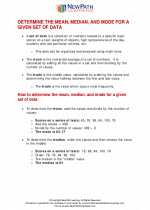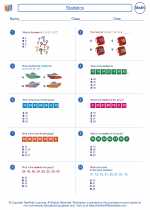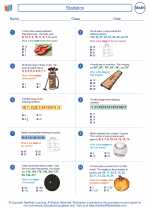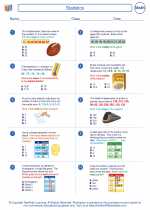Weather Forecasts Study Guide
Introduction to Weather Forecasts
Weather forecasts are predictions about the conditions of the atmosphere at a certain place and time. They are based on data collected from various sources such as satellites, weather stations, and radar systems.
Factors Affecting Weather
Several factors affect weather, including temperature, humidity, air pressure, wind speed and direction, and precipitation. Understanding these factors is crucial for making accurate weather forecasts.
Types of Weather Forecasts
There are different types of weather forecasts, including short-term forecasts (up to 48 hours), medium-term forecasts (up to 7 days), and long-term forecasts (beyond 7 days). Each type serves different purposes and uses different prediction methods.
Data Collection and Analysis
Weather forecasts rely on the collection and analysis of data from various sources, such as satellites, weather balloons, ocean buoys, and ground-based weather stations. Meteorologists use this data to create computer models that simulate and predict future weather patterns.
Tools and Technologies
Meteorologists use a variety of tools and technologies to gather data and make weather forecasts, including weather satellites, Doppler radar, weather balloons, and computer models. Understanding how these tools work is essential for accurate predictions.
Interpreting Weather Maps
Weather maps display various weather data, such as temperature, precipitation, and wind patterns. Understanding how to read and interpret these maps is crucial for understanding and making weather forecasts.
Conclusion
Weather forecasts play a crucial role in our daily lives, helping us plan activities, make travel decisions, and prepare for changing weather conditions. Understanding the factors affecting weather and the methods used for making forecasts is essential for interpreting and using weather predictions effectively.
.◂Math Worksheets and Study Guides Sixth Grade. Statistics

 Worksheet/Answer key
Worksheet/Answer key
 Worksheet/Answer key
Worksheet/Answer key
 Worksheet/Answer key
Worksheet/Answer key
 Worksheet/Answer key
Worksheet/Answer key
 Worksheet/Answer key
Worksheet/Answer key
 Worksheet/Answer key
Worksheet/Answer key
